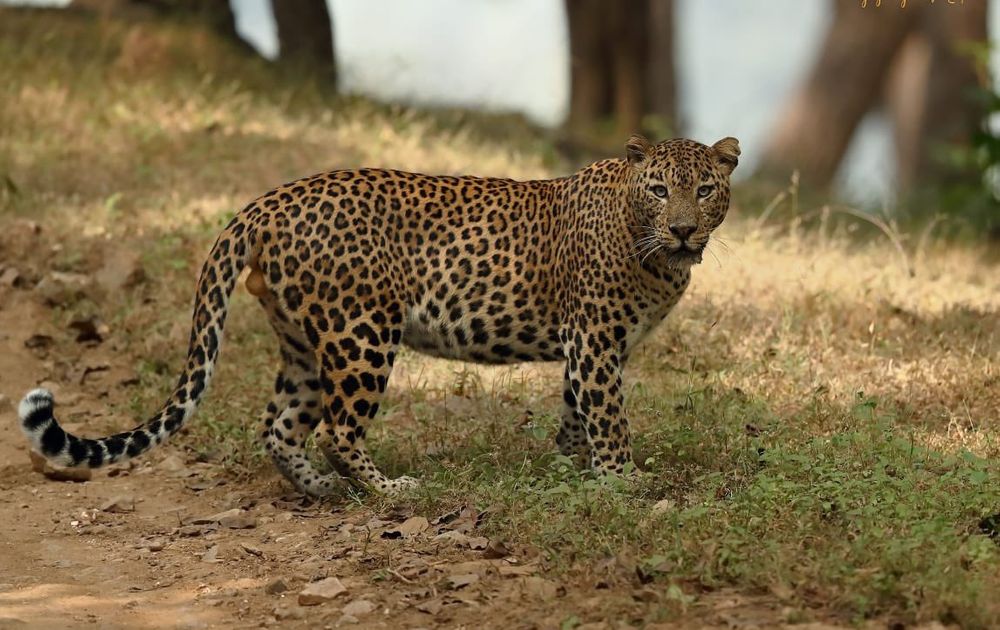
(VIN): The population of leopard in India has increased by 60 per cent, according to the ‘Status of Leopard in India 2018’ report, released by Union environment minister Prakash Javadekar on Monday. The report said India now had 12,852 leopards.
The minister also mentioned the states which had the highest number of leopards.
“Congratulations to the States of MP [Madhya Pradesh] (3,421), Karnataka (1783) and Maharashtra (1690) who have recorded the highest leopard estimates. Increase in Tiger, Lion & Leopards population over the last few years is a testimony to fledgling wildlife & biodiversity,” Javadekar said on Twitter.
[ALSO READ: India temporarily suspends flights from UK till Dec 31 over new virus strain fear]
“More than 60 per cent increase in population has been recorded over the previous estimate which was conducted in 2014,” Javadekar said after releasing the report.
[ALSO READ: UNWTO, Google host second edition of Tourism Acceleration Program in MENA]
Prime Minister Narendra Modi congratulated everyone associated with animal conservation for the achievement.
“Congratulations to all those who are working towards animal conservation. We have to keep up these efforts and ensure our animals live in safe habitats,” Modi tweeted.
Leopards are among the most adaptable carnivores, and are known to exist very close to human habitations.
A study earlier this year had found four distinct sub-populations of leopards in India with high genetic variations – leopards of the Western Ghats, the Deccan Plateau semi-arid region, the Shivalik mountains, and the Terai region in North India.
[ALSO READ: Emirates to run global campaign to promote Dubai]
Some notable points of the report:
- The leopard population has been estimated using camera trapping method.
- There are 12,852 leopards in India as of 2018, an increase of 60% since 2014.
- The highest concentration of the leopard in India is estimated to be in Madhya Pradesh (3,421) followed by Karnataka (1,783) and Maharashtra (1,690).
- In India, leopards have experienced a possibly human-induced 75-90% population decline in the last ~120-200 years.
- In Indian subcontinent poaching, habitat loss, depletion of natural prey and conflict are major threats to leopard populations.
- All these have resulted in changing the species status from ‘Near Threatened’ to ‘Vulnerable’ by the International Union for Conservation of Nature (IUCN).
- As for region-wise distribution, the highest number of 8,071 leopards were found in central India and eastern ghats, which include the states of Madhya Pradesh, Maharashtra, Rajasthan, Odisha, Chhattisgarh, Jharkhand, Telangana and Andhra Pradesh.




